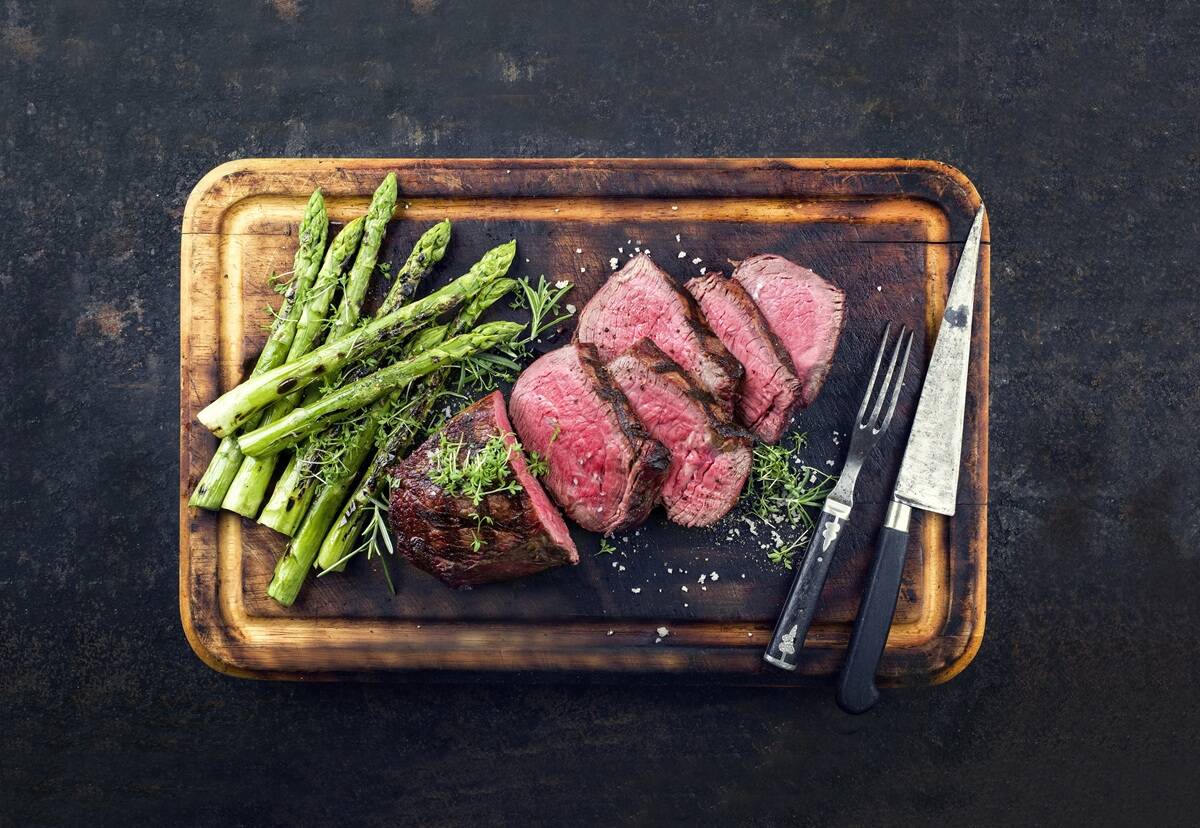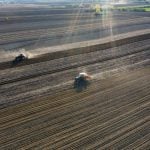The hay is baled. But do you give much thought to how it’s placed in storage?
With hay prices skyrocketing over the past year or so, weathering or loss in the stack are thoughts on more people’s minds than in years past.
While there might not be an actual “right” way to store your hay, there are some guidelines. Each way does have its pros or cons. But each producer also has their own unique hay storage area. Think about the situations you face in your own hay yard when reading these recommendations.
Read Also

Building demand together: The impact of Canada’s beef import levy
The beef import levy has become a central tool for ensuring balance in Canada’s beef industry
“When you make your decision about placing your feed, are you thinking about the pros and cons? It can’t be perfect, but what can we do to minimize losses?” asks Janice Bruynooghe, interim extension and communications director with the Beef Cattle Research Council.
[RELATED] Rebuilding or replacing forage stands
Mushroom stacks are made by placing one bale on end on the ground and a second bale, twine-side down, on top of it. Rows are then formed, placing more bales in less space. Another pro, Bruynooghe says, is the second layer is off the ground.
But mushroom stacking has a major downfall. “That bale that is on the ground has lots of ground contact. It is also the end of the bale (that is touching the ground), so there’s a better chance that the bale can wick up moisture.”
The more moisture the bale wicks, the more spoilage within that bale. The top bale also sheds moisture onto the bottom bale, increasing spoilage.
Overall, the benefits of mushroom stacking — getting the one bale off the ground — are outweighed by having the bale on the ground, which can collect moisture and increase spoilage.
Single-row storage bales are stored end-to-end in rows. It is the recommended way to store bales outdoors, not under cover or tarps. “By going in the single long rows, you’re exposing the bales to as much airflow as possible.”
Bruynooghe recommends orienting rows north to south, with space between each row of bales, especially if you’re carrying them over.
[RELATED] Turning weeds into feed
If you orient your bales east to west, the north-facing side will deteriorate more. “But if we spin them and place them north to south, that’s giving the bales the best sunlight, airflow and drying opportunities, decreasing the chance for weathering losses,” Bruynooghe says. It’s a recommendation not just for the Prairies, but throughout North America.
Even though every bale is on the ground, it’s about increasing airflow and the ability to dry the bales out quickly if they do get wet. Having the bales sit in a single row allows the moisture to shed down the wrapped (or twined) side while placing them end-to-end also protects the end, decreasing the chance of rain or moisture getting in between. Placing the rows in an area with good drainage protects from excess moisture, wicking and spoilage. Mowing the baleyard before stacking will help eliminate excessive moisture from dead grass trapping snow.
Pyramid stacks are made by placing a row of three bales (wrapped or twine side) on the ground, then two rows of bales on top of those rows, followed by another row of bales on top, creating a pyramid three bales high.
The pro for pyramid stacking is several bales can be stacked in a small area. As well, there are two layers of bales off the ground. The negative is that you can get rain shedding over two layers onto the bottom layer.
“There might be some benefits to that top layer, but the other two layers are going to pay the price. Plus, the ground around the bottom of the stack is going to get wetter from rain-shed, and stay wetter, longer.”
However, you can tarp a pyramid stack. “If you follow the science, covering bales in the perfect world is the best option. Your storage loss can be reduced by up to half with good covering,” Bruynooghe says.
But tarping bales comes with its own set of cons. It is labour intensive and expensive to cover a large amount of feed. While it might not be practical to tarp all the hay, tarping a small amount of high-quality feed or feed to carry over into the following year would reduce weathering losses.
Bale size. A six-foot round bale will have less weathering loss than a five-foot round bale — five per cent less in fact — according to the BCRC website.
“The bigger the bale, the less percentage of the total bale volume is on those outer layers. So you get less loss on a bigger bale where there is more volume on the inside that is protected.”
Bale density also affects infiltration. The denser a bale is packed, the less infiltration.
When it comes to storing forage crops, not all storage methods are created equal. But each producer can find what works for them.
“If your storage locations are limited, put your best feed where you have the best option to store it appropriately. Think about storage in more of nutritional content of that bale. Store it accordingly and use it accordingly,” says Bruynooghe.
For more detailed information about hay storage, visit beefresearch.ca.
















